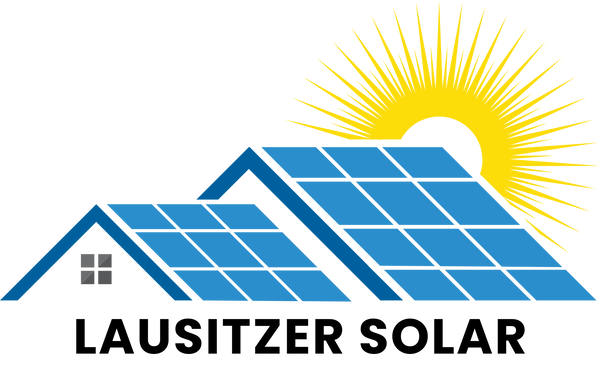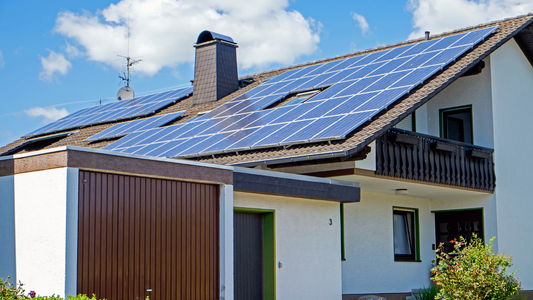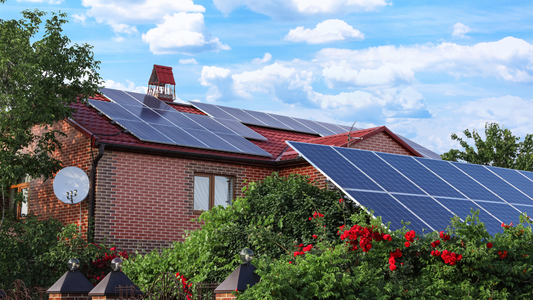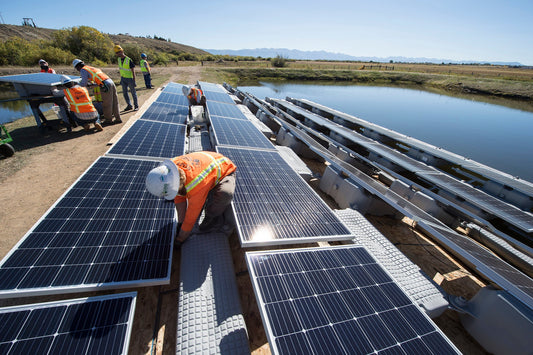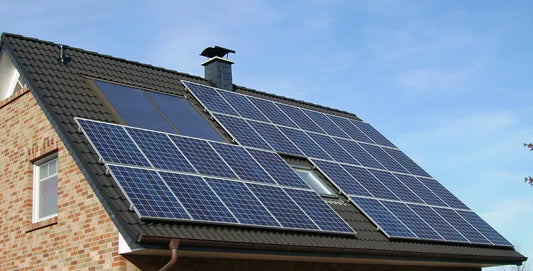
Why is a photovoltaic system worthwhile for your home?
The idea of installing a photovoltaic system on the roof of one's home is becoming increasingly attractive. Not only because of the financial savings, but also because of the sustainable contribution it makes to the environment. In this blog, we would like to highlight all the relevant aspects that homeowners should consider before investing in solar energy.
1. Why photovoltaics?
A photovoltaic system converts sunlight into electrical energy, thus offering an environmentally friendly way to generate electricity. The advantages are obvious: You produce your own electricity and can feed excess power into the grid or store it in a battery storage system for later use. You also protect yourself against rising electricity prices and make an important contribution to reducing CO2 emissions.
There are many government subsidies available for homeowners that can significantly reduce purchase costs. These include low-interest loans and grants from KfW or regional programs.
2. What you should know before installation
a) The orientation and slope of the roof
For maximum efficiency, your roof should face south. East- or west-facing roofs can also be profitable, although yields will be somewhat lower. The roof's pitch also plays a role: an angle of 30 to 40 degrees is optimal. Flat roofs can also be used for photovoltaics, but require special mounting systems to tilt the modules accordingly.
b) Shadow and surroundings
Shadows are the enemy of an efficient solar system. Trees, chimneys, or other obstacles that cast shadows on the modules can significantly reduce performance. In such cases, the use of power optimizers or microinverters can be useful to maximize power output.
c) Power requirements and dimensioning
The size of your photovoltaic system should be tailored to your electricity consumption. A typical system for a single-family home has an output of approximately 5 to 10 kWp, depending on your annual energy needs. A well-sized system can cover up to 80% of your electricity needs, with the remainder being drawn from the public grid or supplied by a battery storage system.
3. Financial benefits and amortization
The price of photovoltaic systems has fallen in recent years, while the efficiency of the modules has increased. Thanks to continuously falling costs and government subsidies, a solar system can pay for itself within 10 to 15 years. The exact costs depend on the size of the system, the quality of the modules, and the complexity of the installation. For an average system, the investment costs can be approximately €10,000 to €20,000.
a) Maximize self-consumption
The key to the profitability of a photovoltaic system is to keep self-consumption as high as possible. By using the generated electricity directly in your home—for example, for household appliances, heating systems, or electric cars—you'll save the most. Batteries can help increase self-consumption by storing excess electricity, which can then be used when the sun isn't shining.
4. Is battery storage worthwhile?
Battery storage is a great addition to your photovoltaic system, especially if you want to maximize your self-consumption. Storage allows you to use the electricity generated during the day in the evening or on cloudy days. The cost of battery storage continues to decline, and in many cases, the additional storage can pay for itself in 10 years or less.
However, the decision to install storage should be carefully considered. If you consume a lot of electricity during the day—for example, for a home office or because someone is home during the day—a system without storage can already offer significant savings.
5. Funding opportunities and financing
In Germany, there are various funding programs that make it easier to get started with solar energy. The Renewable Energy Sources Act (EEG), for example, guarantees a feed-in tariff for electricity fed into the grid. KfW Bank also offers low-interest loans for financing photovoltaic systems and battery storage systems. Also, find out about regional funding opportunities, as some federal states offer additional programs.
6. Installation and maintenance
The installation of a photovoltaic system should always be carried out by a certified specialist company. It is important that all necessary permits are obtained and that the system is correctly connected to the power grid. After installation, regular maintenance is rarely required, as solar modules are very robust. However, an annual inspection of the system is recommended to ensure optimal performance.
Conclusion: The future is in your hands
A photovoltaic system on your home is not only an investment in a sustainable future, but also an opportunity to save on energy costs in the long term. With proper planning, the right system size, and maximum self-consumption, you can soon reap the benefits of solar energy. Learn about the various funding options and seek expert advice to find the best solution for your home.
